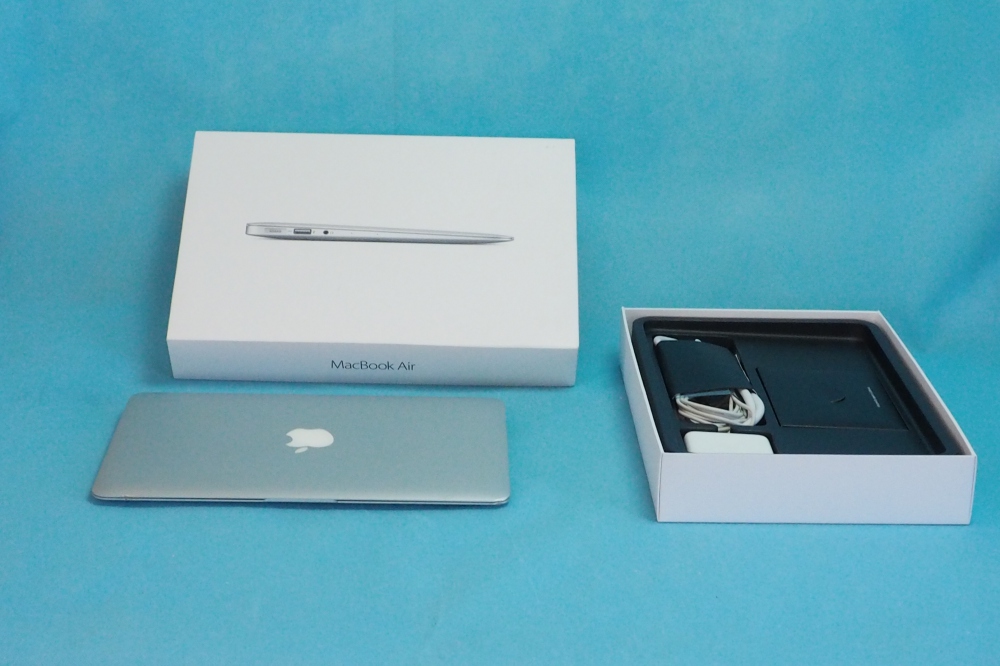

With the new MacBook Pro in hand, it feels almost like an extension of your arm. Such assembly, according to Apple, eliminates the need for fine-tuning parts and diminishes the possibility of construction failures. Instead of assembling the laptops piecemeal and expertly splicing the components together, the new models sport a unibody architecture that constructs the entire machine out of a single piece of recyclable aluminum. Previous Macbook Pros felt rock solid, the new models seem even more so due to the brand new manufacturing process introduced with this generation of MacBook Pro 15-inch models-with speeds of 2.4GHz and 2.53GHz-have been remodeled, redesigned, and reengineered for a completely new laptop experience. I would generally agree, and add that the optional high resolution screen of the MacBook Pro 15″ is a really compelling upgrade.At casual glance it appears nearly identical to its predecessor, but it’s not.

PrimateLabs goes on to recommend the base MacBook Pro 15″ Core i5 and maxed out RAM, which isn’t surprising considering the huge performance gain of the Core i5 processor, and more RAM is always good with Mac OS X. Memory scores (especially Stream scores which measure raw memory bandwidth) are higher due to the integrated memory controller on the i5 and i7. For example, Turbo Boost and Hyper-Threading provide a nice boost to processor scores single-threaded workloads benefit from higher processor frequencies while multi-threaded workloads benefit from extra hardware threads. This is a result of the architecture improvements in the i5 and the i7. It’s interesting to note, though, that the slowest Core i5 is faster than the fastest Core 2 Duo processor despite running at a much lower frequency (2.40GHz vs 3.06GHz).

It’s no surprise the new laptops are faster.

The above chart was put together by PrimateLabs, who notes the following (emphasis mine): This is in line with earlier MacBook Pro benchmarks showing the 50% performance gain when moving from the Core 2 Duo chips to the Core i7. As you can see from the scores, the MacBook Pro Core i5 and i7 models really blow away their predecessors, while the MacBook Pro 13″ model with it’s Core 2 Duo processor gets a smaller bump in the benchmarks.


 0 kommentar(er)
0 kommentar(er)
